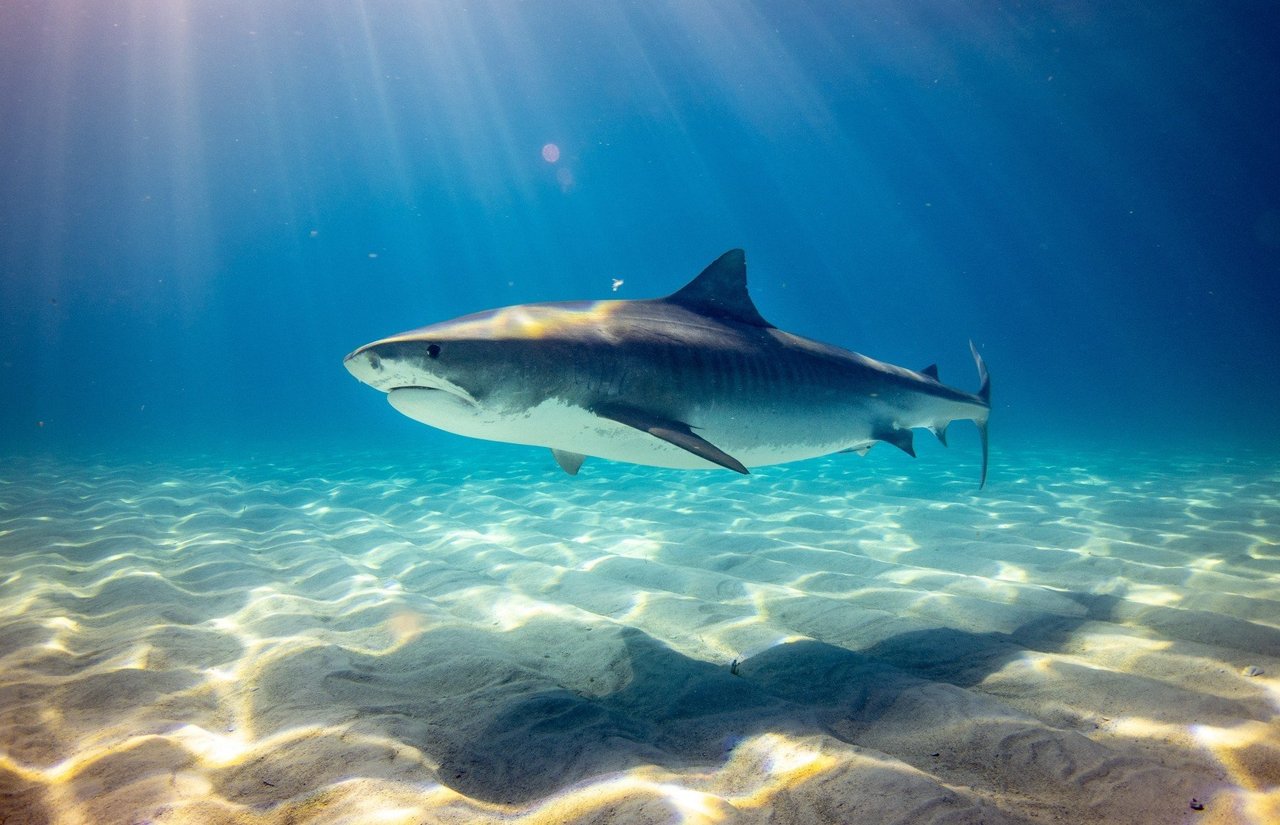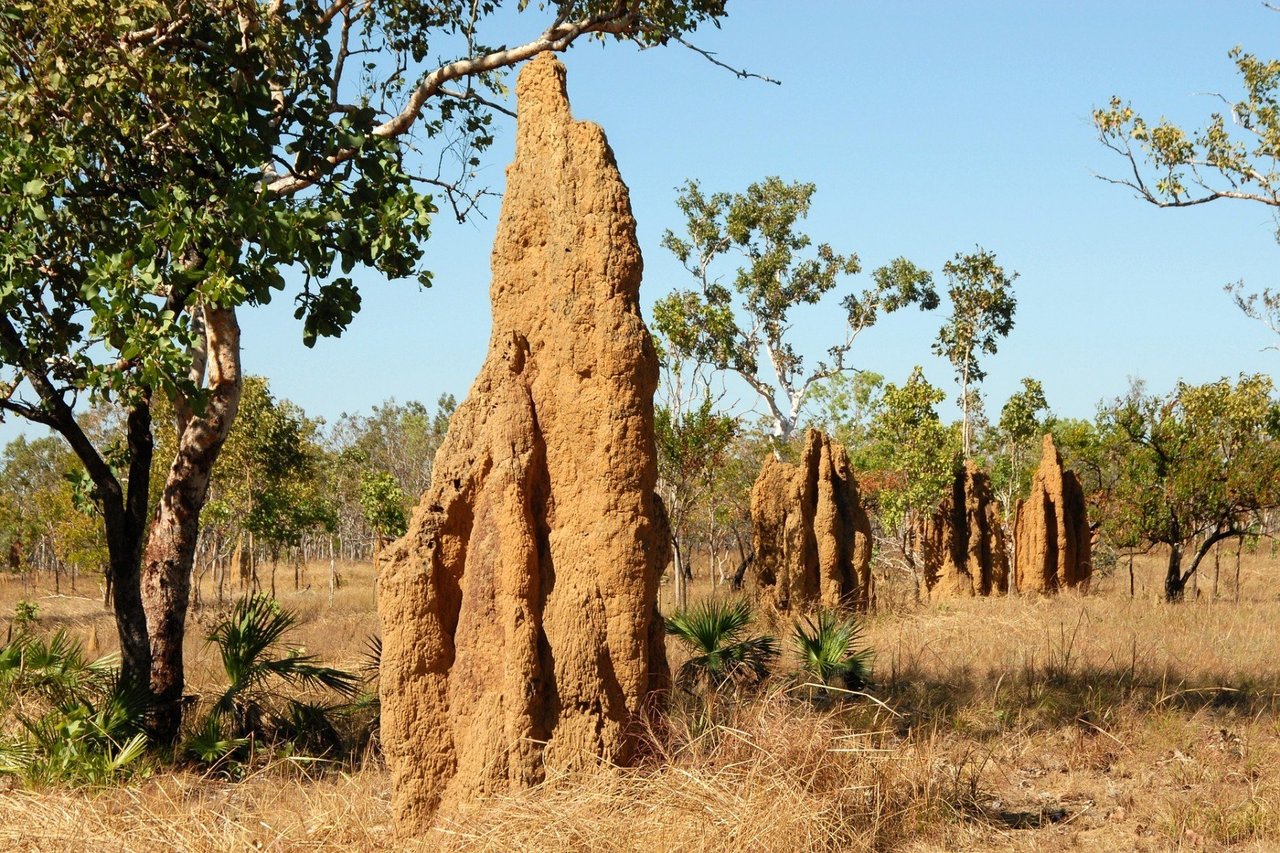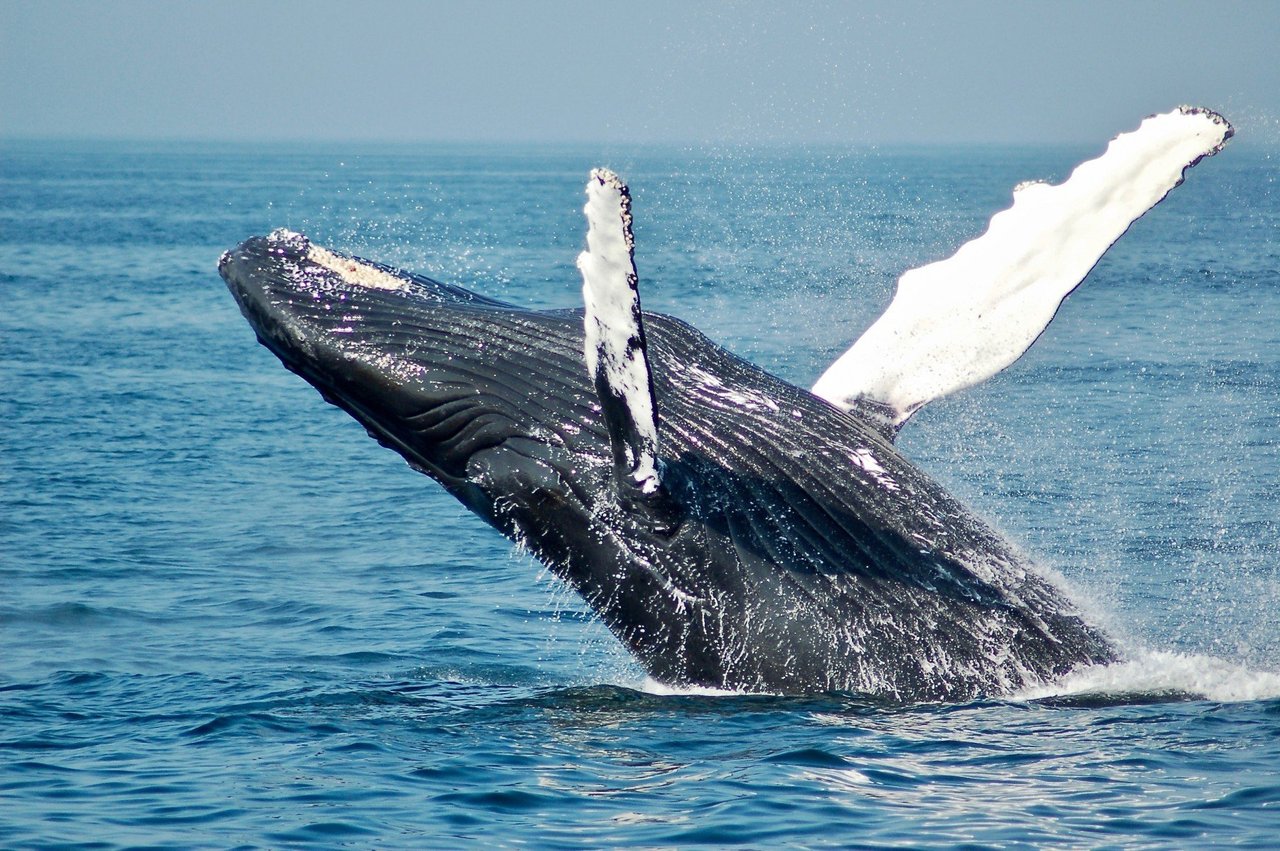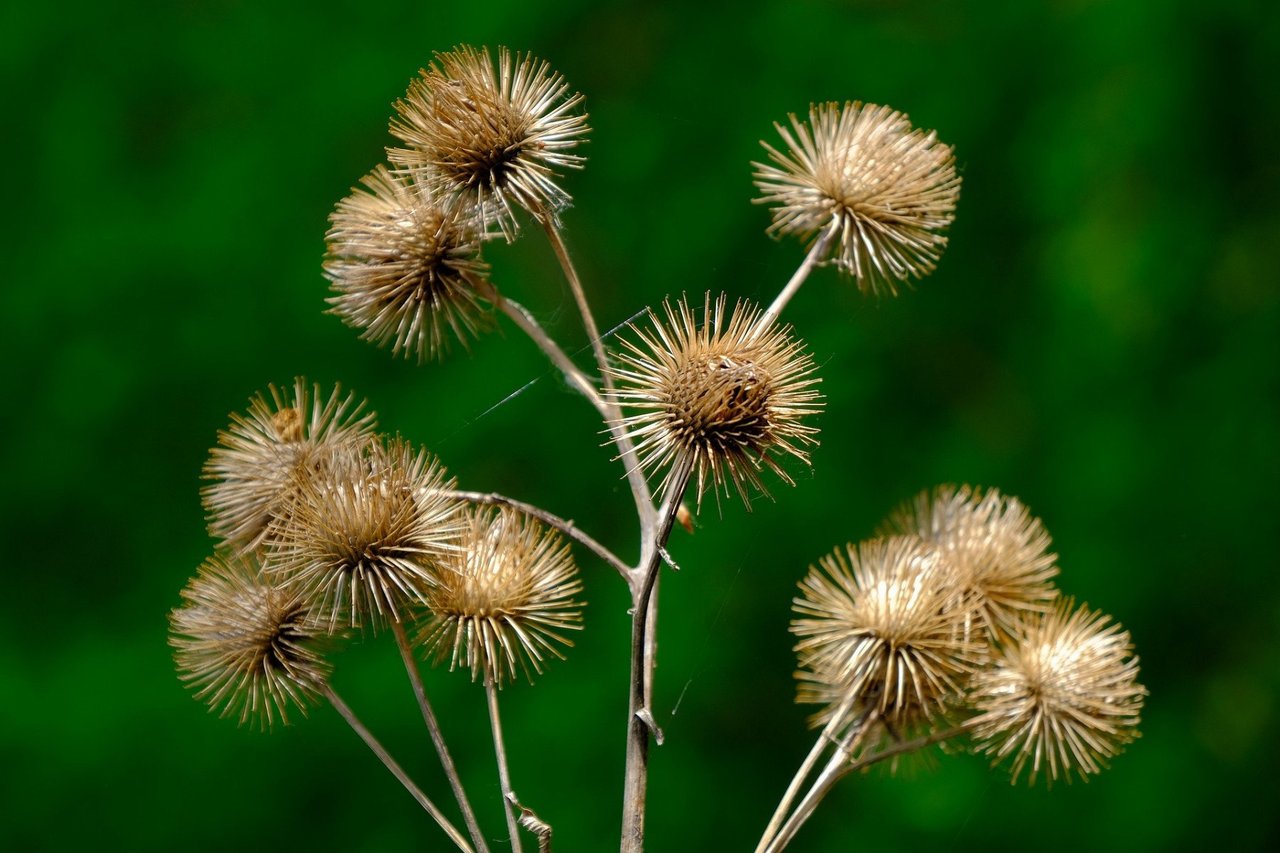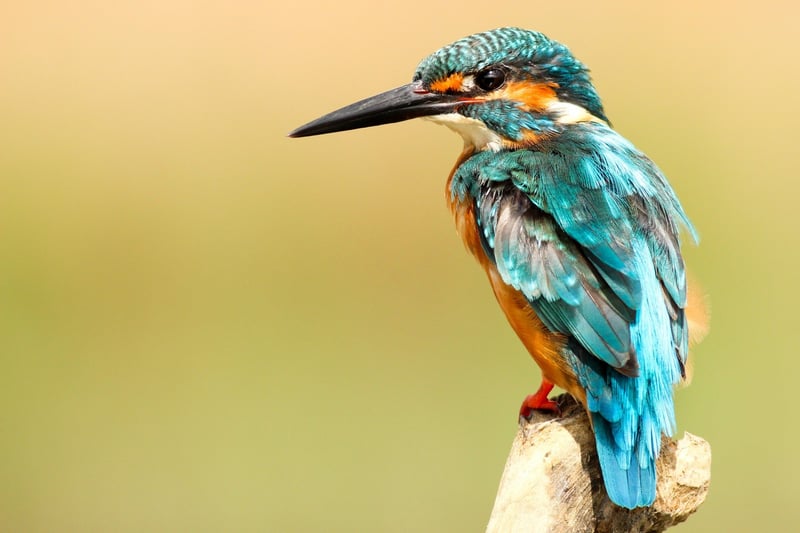
Biomimicry, innovation inspired by nature, looks to solve design problems in a sustainable way.
Did you know that we can look to nature to solve many of our problems? The process of applying nature-inspired designs to solve human problems, otherwise known as biomimicry, can be sustainable and effective. Whether that’s looking to ants to solve traffic jams or learning from corals to create colorful textiles, the possibilities are endless.
Keep on reading below to learn 5 real-world examples of biomimicry in action.
1. Sharks
In the US Navy, ships and submarines experience fouling (the accumulation of unwanted material on solid surfaces, in this case algae and barnacles), which reduces efficiency. When Dr. Anthony Brennan was hired to develop antifouling technologies, Brennan observed that sharks were the only marine animals that don’t foul (meaning they stay clean). This was because shark skin is comprised of denticles that overlap in a diamond shape repeating pattern that inhibits bacteria from growing. Brennan and his team realized they could mimic shark skin and create surfaces that prevent bacteria not only on ships and submarines but on medical devices as well. Today, Sharklet Technologies develops medical devices and consumer applications utilizing the Sharklet pattern.
Photo credit: Gerald Schömbs via Unsplash
2. Termites
With rising temperatures and expensive air conditioning prices, Zimbabwean architect Mick Pearce was tasked to design the largest commercial building in Zimbabwe with a natural cooling system. After noticing termite mounds, Pearce realized he could mimic the insect’s structure because termite mounds drive natural ventilation through a system of air pockets. “Chimneys” at the top of the termite mounds circulate hot air while cool air stays at the bottom. Today, the Eastgate Centre in Harare, Zimbabwe only uses 10% as much energy as conventional air-conditioning.
Photo credit: Herbert Bieser via pixabay
3. Kingfisher
When Japan’s Shinkansen bullet train received noise complaints from residential areas, an engineering team was tasked with designing a train that was quieter and more efficient. Eiji Nakatsu, the Director of Technical Development (who was an avid bird-watcher), drew inspiration from the Kingfisher. The Kingfisher is a bird that hunts its prey by diving into water while barely making a splash. They’re able to do so quietly because of the shape of their beak. Nakatsu took the design of the Kingfisher’s beak and applied it to the bullet train. As a result, the new train was 10% faster, used 15% less electricity, and stayed under the 70dB noise limit in residential areas.
Photo credit: Boris Smokrovic on Unsplash
4. Humpback Whales
What do humpback whales and wind turbines have in common? They both want to reduce drag–a resistance force caused by the motion of a body through a substance, such as water or air. Humpback whales, who can grow to the size of a school bus, can spiral underwater because of the design of their fins. Their fins are lined with small bumps, called tubercles which allows them to reduce drag. When researchers at West Chester University learned this, they replicated the tubercles onto the blades of the wind turbines. The result? Studies found a 32% reduction in drag and doubled performance.
Photo credit: Todd Cravens on Unsplash
5. Burdock Plant
The Burdock plant isn’t an animal, but perhaps the most famous example of biomimicry in action is the story between burdock burrs and the invention of Velcro. When George de Mestral was taking a nature walk with his dog, he noticed several burrs sticking to his pants and his dog’s fur. Intrigued by its adhesiveness, De Mestral examined the burrs under a microscope and found that they consisted of thousands of tiny hooks that latched onto the tiny hoops in the fabric of his pants. With this realization, he went on to invent Velcro which is widely used today in shoes and clothing.
Photo credit: NickyPe from Pixabay
Interested in learning more? Check out this TED talk by Janine Benyus, founder of the Biomimicry Institute. And next time you go outside, see for yourself how you can bring biomimicry to life!
The process of applying nature-inspired designs to solve human problems, otherwise known as biomimicry, can be sustainable and effective.
